Home>Articles>Which Interior And Exterior Door Materials Are Most Durable?
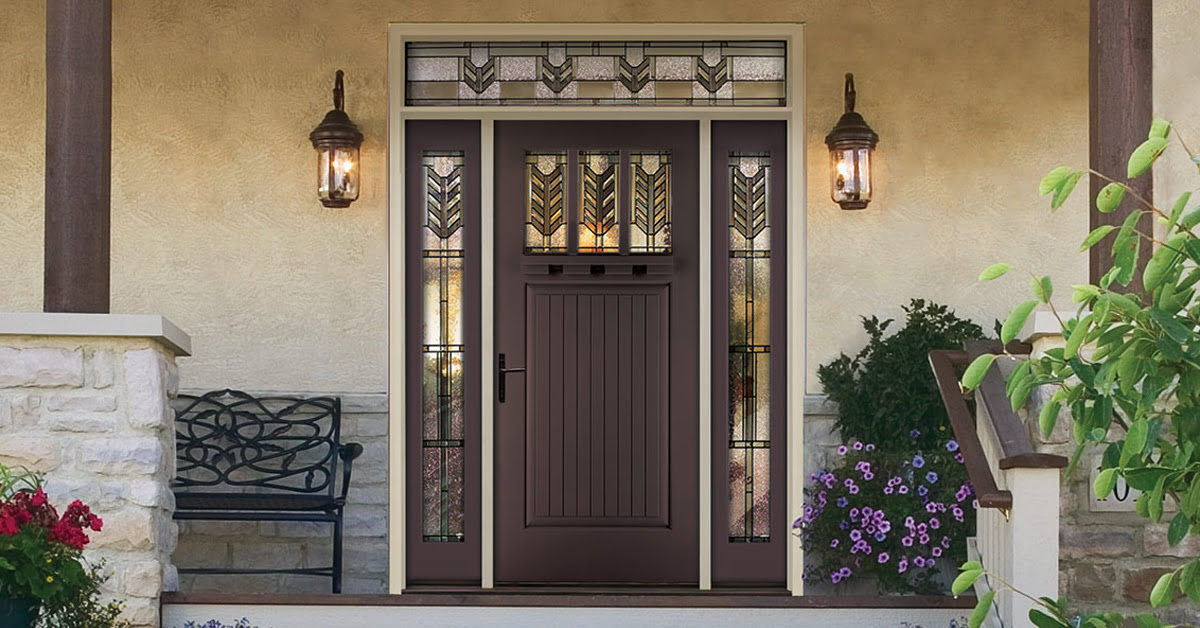

Articles
Which Interior And Exterior Door Materials Are Most Durable?
Modified: October 20, 2024
Discover the most durable materials for interior and exterior doors in this informative article. Learn how to choose the right door materials for long-lasting performance.
(Many of the links in this article redirect to a specific reviewed product. Your purchase of these products through affiliate links helps to generate commission for Storables.com, at no extra cost. Learn more)
Introduction
When it comes to the durability of interior and exterior doors, choosing the right material is crucial. Doors not only provide security and privacy but also play a significant role in enhancing the overall aesthetics of our homes. They are exposed to various elements, such as weather conditions, daily use, and even accidental impacts. Therefore, it is essential to select door materials that are not only visually appealing but also built to withstand the test of time.
In this article, we will explore the most durable interior and exterior door materials available in the market. We will discuss their strengths, weaknesses, and overall durability. By understanding the different characteristics of each material, you will be equipped to make a well-informed decision.
So, if you’re ready to dive into the world of door materials and their durability, let’s get started!
Key Takeaways:
- Choose fiberglass or steel for maximum durability in both interior and exterior doors. They offer low maintenance, resistance to wear and tear, and enhanced security, making them long-lasting options for your home.
- Consider climate, maintenance, security, energy efficiency, aesthetics, and budget when selecting door materials. Balance durability with other factors to find the perfect fit for your specific needs and environment.
Read more: What Is The Most Durable Dinnerware?
Interior Door Materials
When it comes to interior doors, there are various materials to choose from, each with its own set of advantages and disadvantages in terms of durability. Let’s take a closer look at some popular interior door materials:
- Wood: Wood has been a popular choice for interior doors for centuries. It offers a classic and elegant look that can complement any interior design style. Solid wood doors are known for their durability and longevity. However, they can be susceptible to warping or expansion due to changes in temperature and humidity. To mitigate these issues, engineered wood doors, which consist of a solid wood core overlaid with veneers, are a great alternative.
- Fiberglass: Fiberglass doors have gained popularity in recent years due to their durability and low maintenance requirements. They are resistant to warping, cracking, and rotting, making them an excellent choice for areas with high humidity or extreme temperature fluctuations. Fiberglass doors can also mimic the look of wood, providing the beauty of wood without its inherent vulnerabilities.
- Steel: Steel doors are the epitome of durability and security. They are highly resistant to wear and tear, as well as dents and scratches. Steel doors are also energy-efficient and offer excellent insulation, making them ideal for homes in regions with harsh climates. They may lack the natural appeal of wood or fiberglass, but they can be painted to match any interior decor.
- Glass: Glass doors are an elegant option for interior spaces that require natural light flow and an open feel. They can be made using tempered or laminated glass, making them safe and durable. However, glass is more prone to scratches and cracking, so proper care must be taken to maintain their durability.
It is important to consider the specific needs of your space when choosing an interior door material. Factors such as humidity levels, temperature fluctuations, and aesthetics should all be taken into account to ensure the durability and longevity of your chosen door material.
Exterior Door Materials
Exterior doors are subject to more extreme conditions compared to interior doors. They are exposed to harsh weather elements, including rain, sun, wind, and even potential break-ins. Therefore, selecting a durable material for your exterior door is essential to ensure its longevity and security. Let’s explore some common exterior door materials:
- Wood: Wood is a classic and timeless option for exterior doors. It provides a warm and inviting look to any home. However, solid wood doors require regular maintenance, including sealing and painting, to protect them from rot, warping, and weather damage. Alternatively, engineered wood doors, such as those made from solid core or solid wood veneer, offer increased durability and resistance to the elements.
- Fiberglass: Fiberglass exterior doors have become increasingly popular due to their durability and low maintenance needs. They are highly resistant to dents, scratches, warping, and cracking. Fiberglass doors can be designed to mimic the look of wood, allowing you to achieve the same aesthetic appeal without the drawbacks. They also provide excellent insulation, enhancing energy efficiency.
- Steel: Steel exterior doors are renowned for their strength, security, and durability. They are resistant to impact, weather damage, and potential break-ins. Steel doors also offer superior insulation and energy efficiency. However, they may require periodic maintenance to prevent rust and corrosion, especially in humid or coastal areas.
- Composite: Composite doors are a blend of different materials, typically incorporating wood, fiberglass, and steel. These doors are designed to offer the benefits of various materials, including durability, security, and low maintenance. Composite doors provide excellent insulation, resistance to warping, and protection against weather elements.
When choosing an exterior door material, it is crucial to consider your specific needs, climate conditions, and the level of security required. Balancing aesthetics with durability and functionality will ensure you select the right material for your exterior door that can withstand the test of time.
When choosing interior and exterior door materials, consider fiberglass and steel for durability. They are resistant to warping, cracking, and rot, making them ideal for high-traffic areas and harsh weather conditions.
Comparison of Durability
Now that we have explored various interior and exterior door materials, let’s compare their durability to help you make an informed decision:
Wood: Solid wood doors offer excellent durability but may be susceptible to warping and weather damage. Engineered wood doors provide enhanced stability and resistance to these issues.
Fiberglass: Fiberglass doors are highly durable and resistant to warping, cracking, and rotting. They are also low maintenance and can mimic the look of wood.
Steel: Steel doors are extremely durable, offering excellent security and resistance to impact and weather damage. However, they may require periodic maintenance to prevent rust or corrosion.
Glass: Glass doors, while elegant and visually appealing, are more prone to scratching and cracking. Proper care and maintenance are crucial to ensure their durability.
Composite: Composite doors provide a blend of durability from various materials. They offer resistance to warping, cracking, and weather damage, making them a durable choice.
Overall, fiberglass and steel doors are considered the most durable options for both interior and exterior doors. Fiberglass doors are highly resistant to wear and tear, while steel doors provide maximum security and protection. Both materials require minimal maintenance, making them long-lasting choices.
However, it is important to consider other factors such as aesthetics, energy efficiency, and budget when selecting a door material. While durability is a crucial aspect, it should be balanced with other requirements to find the perfect door material for your specific needs.
Factors to Consider in Door Material Durability
When evaluating the durability of door materials, there are several factors to consider. These factors can greatly impact the longevity and performance of the doors in different environments. Let’s take a look at some crucial factors to consider:
- Climate Conditions: The climate in your region plays a significant role in choosing a durable door material. Extreme heat, cold, humidity, or frequent rain can impact the stability and durability of certain materials. Consider how well a door material can withstand these conditions when making your selection.
- Maintenance Requirements: Different door materials have varying maintenance needs. Some materials, like wood, may require regular sealing, painting, or refinishing to maintain their durability. Others, such as fiberglass and steel, are low maintenance and resistant to weather damage, making them more suitable for those seeking minimal upkeep.
- Security: Security is a critical aspect to consider, especially for exterior doors. Steel doors are known for their strength and ability to withstand forced entry attempts. Look for door materials that offer high-security features, such as reinforced frames and quality locking mechanisms, to ensure the safety of your home.
- Energy Efficiency: Selecting a door material with good insulation properties can greatly enhance energy efficiency in your home. Insulated doors help regulate indoor temperatures, reducing energy consumption and utility costs. Fiberglass and steel doors often excel in this aspect.
- Aesthetics: While durability is essential, aesthetics also play a role in selecting door materials. Consider the style, color, and finish options available with each material to ensure that the chosen door complements the overall design and decor of the space.
- Budget: The cost of the door and its material should also be taken into account. Wood doors tend to be more expensive, while fiberglass and steel doors offer cost-effective options without compromising durability. Set a budget and explore materials within that range.
By considering these factors, you can make an informed decision and choose a door material that meets your specific needs in terms of durability, maintenance, security, energy efficiency, aesthetics, and budget.
Conclusion
Choosing a durable door material is essential for both the interior and exterior of your home. By selecting the right material, you ensure longevity, security, and functionality. Throughout this article, we have discussed various door materials and their durability.
For interior doors, options like wood, fiberglass, steel, and glass offer different levels of durability. Wood provides a classic and elegant look, while fiberglass provides low maintenance and resistance to warping. Steel ensures maximum security, and glass offers a sleek and open feel, though it may require more care.
When it comes to exterior doors, materials like wood, fiberglass, steel, and composite are popular choices. Wood offers a timeless appeal but requires regular maintenance. Fiberglass provides excellent durability, mimics the look of wood, and requires minimal upkeep. Steel doors excel in security but may need occasional maintenance to prevent rust. Composite doors offer a combination of durability from various materials.
When making a selection, it is important to consider climate conditions, maintenance requirements, security features, energy efficiency, aesthetics, and budget. Each factor contributes to the overall durability and performance of the door material in your specific environment.
In conclusion, fiberglass and steel doors are often deemed the most durable choices for both interior and exterior doors. Fiberglass doors are resistant to wear and tear, while steel doors offer maximum security. Ultimately, the best door material will depend on your specific needs and preferences.
Take the time to thoroughly research and consider all factors before making a final decision. By investing in a durable door material, you can enhance the overall functionality, security, and aesthetic appeal of your home for years to come.
Frequently Asked Questions about Which Interior And Exterior Door Materials Are Most Durable?
Was this page helpful?
At Storables.com, we guarantee accurate and reliable information. Our content, validated by Expert Board Contributors, is crafted following stringent Editorial Policies. We're committed to providing you with well-researched, expert-backed insights for all your informational needs.
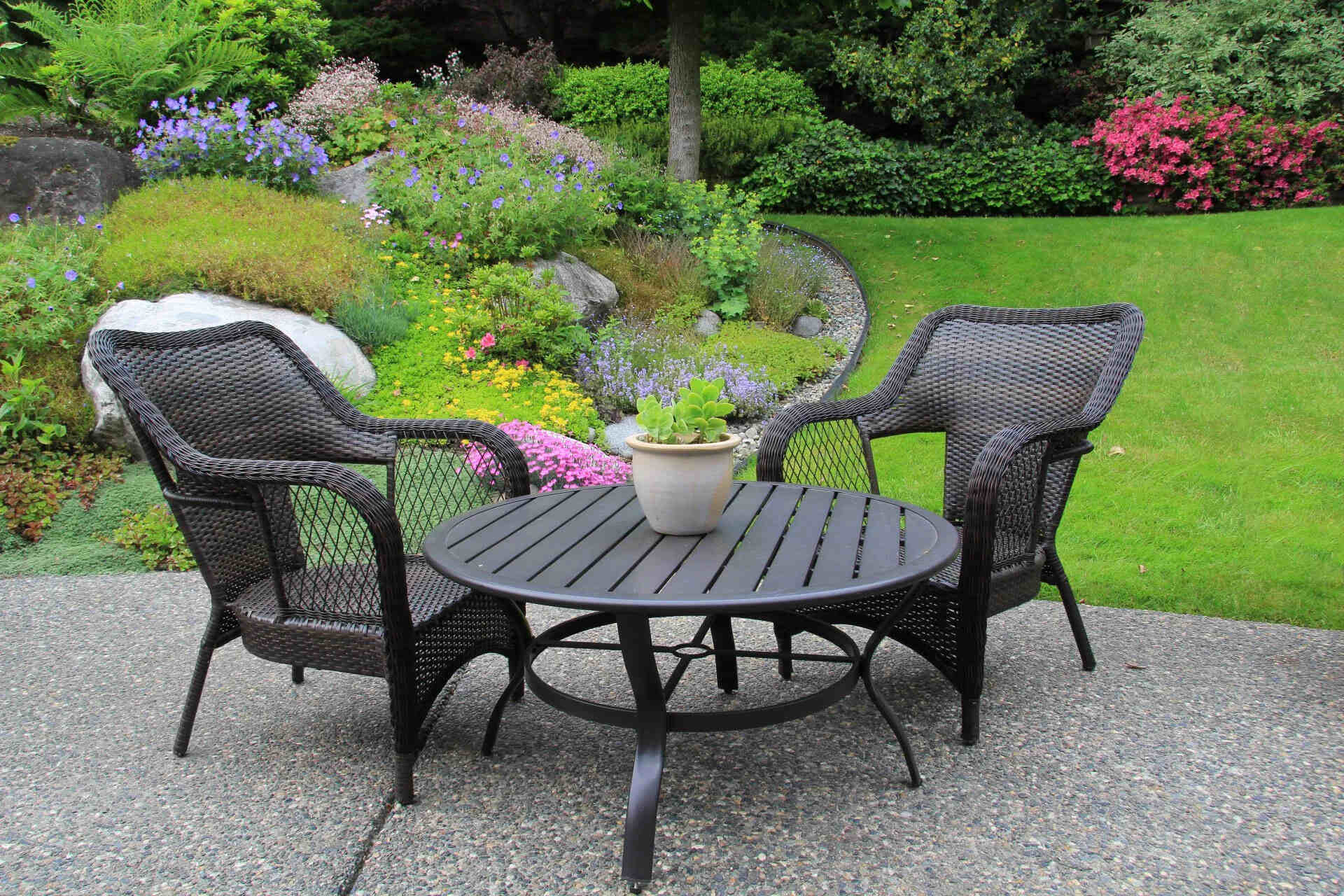
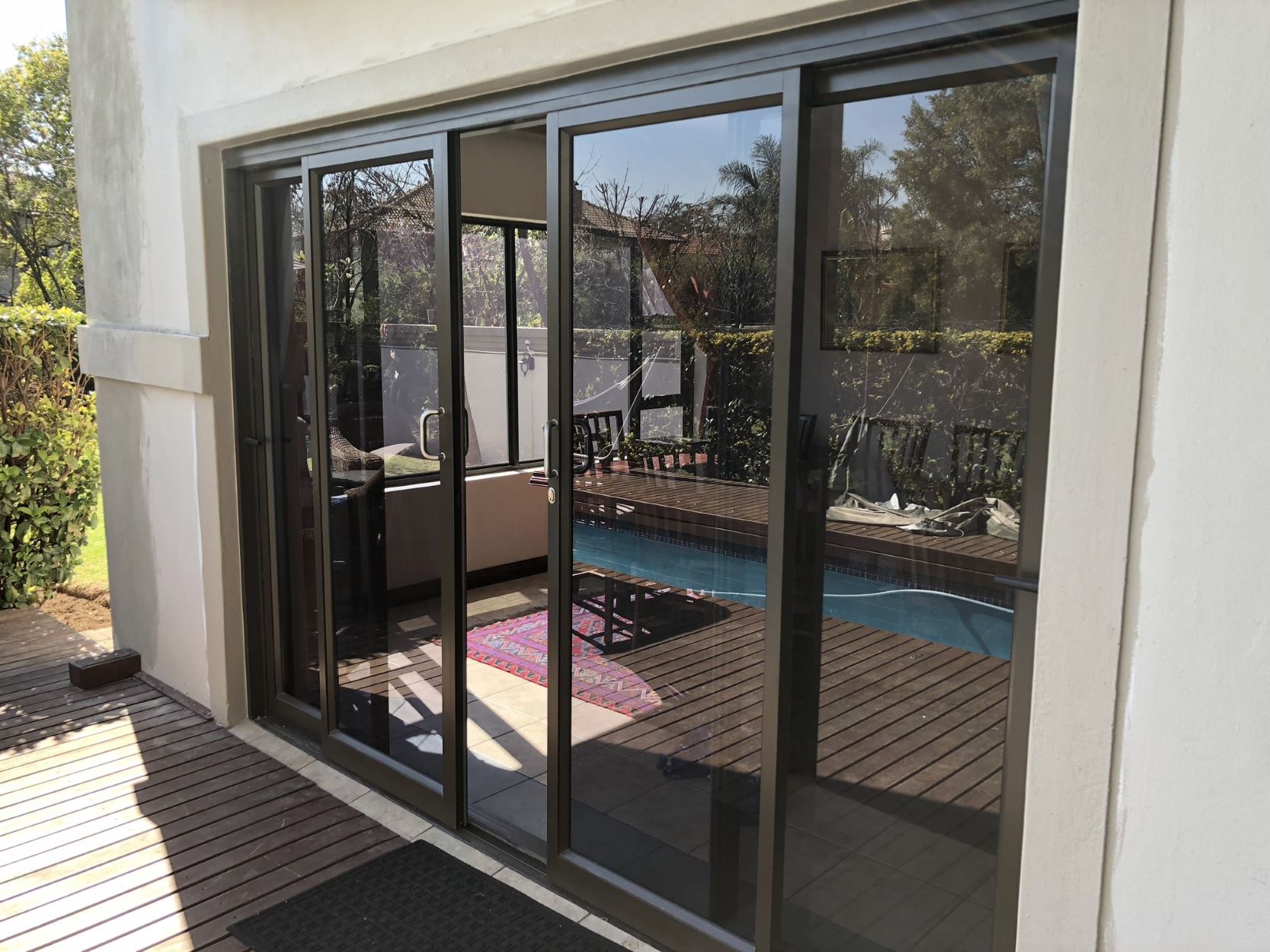

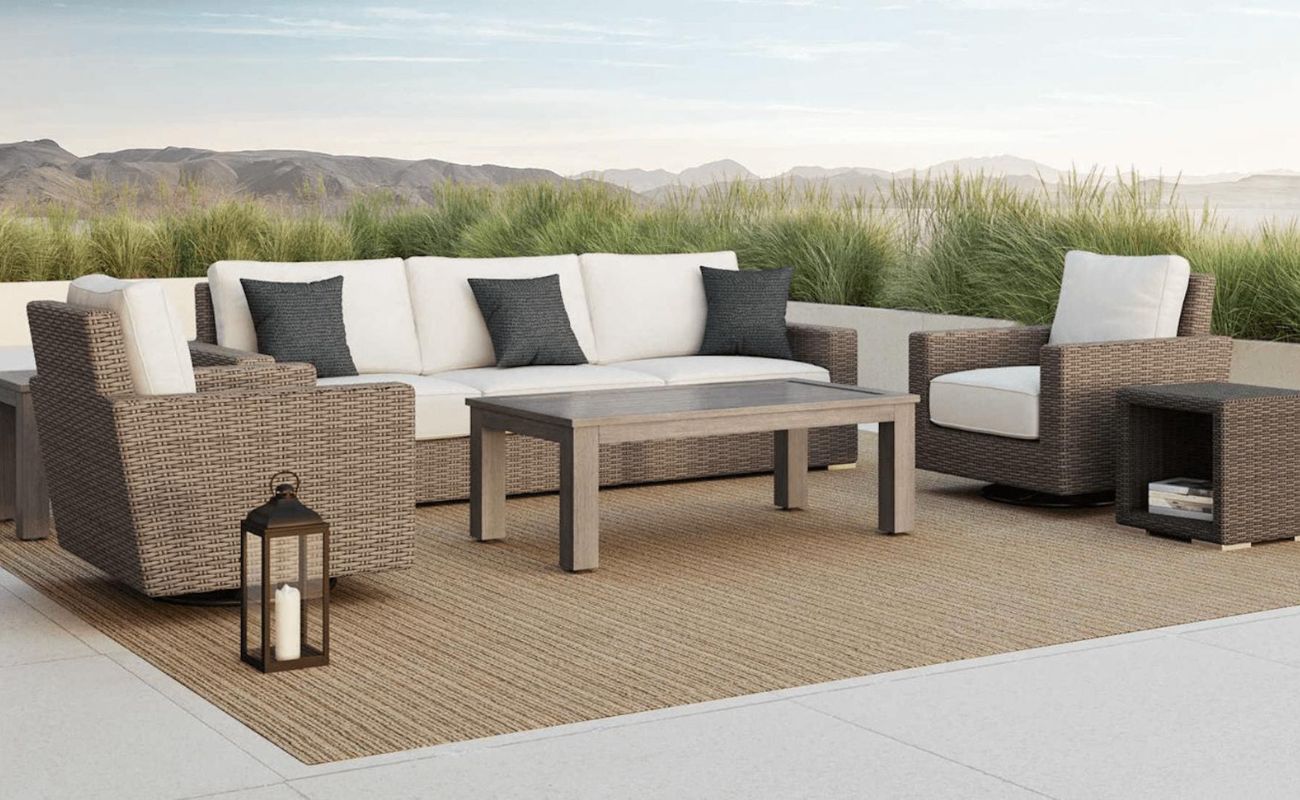

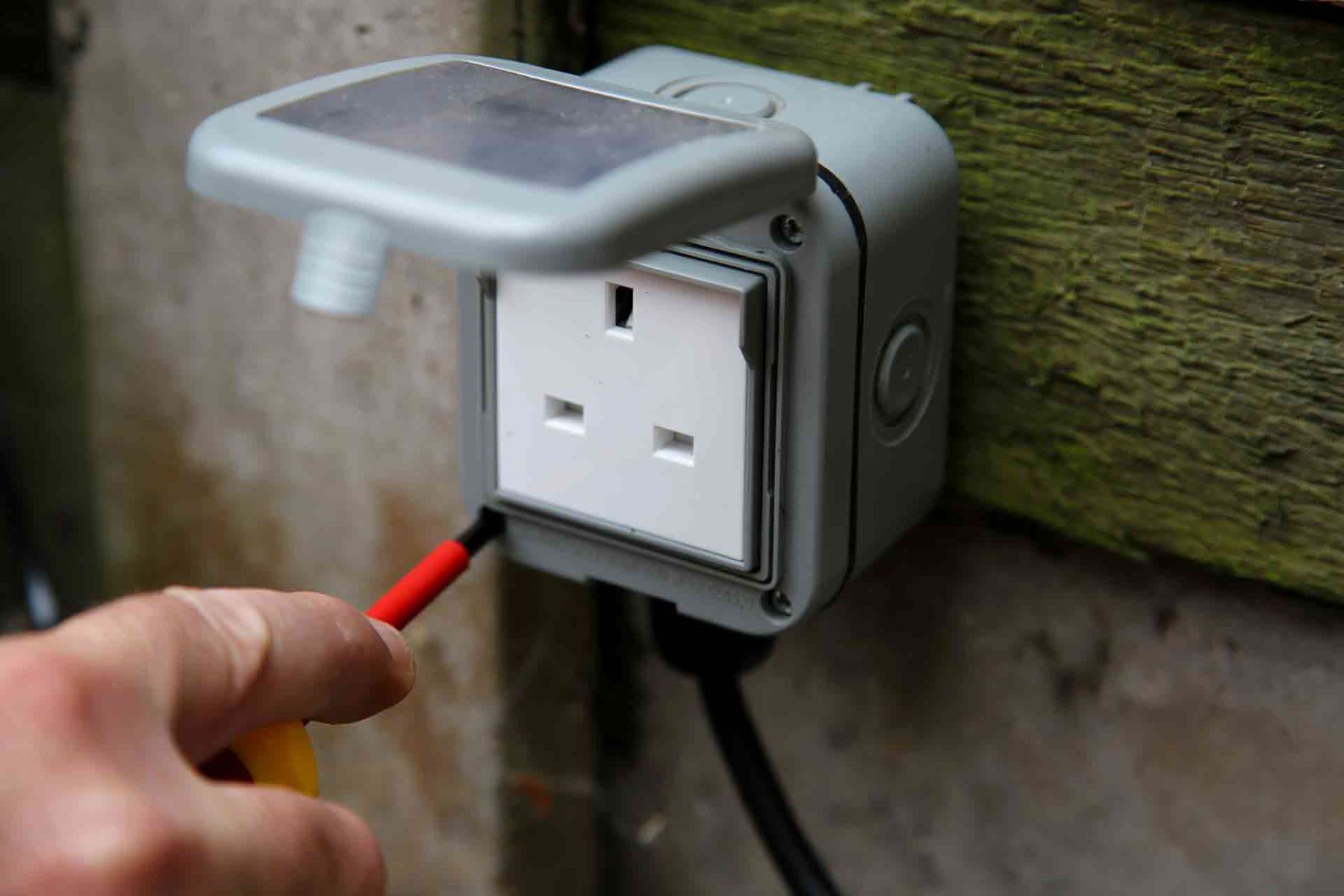

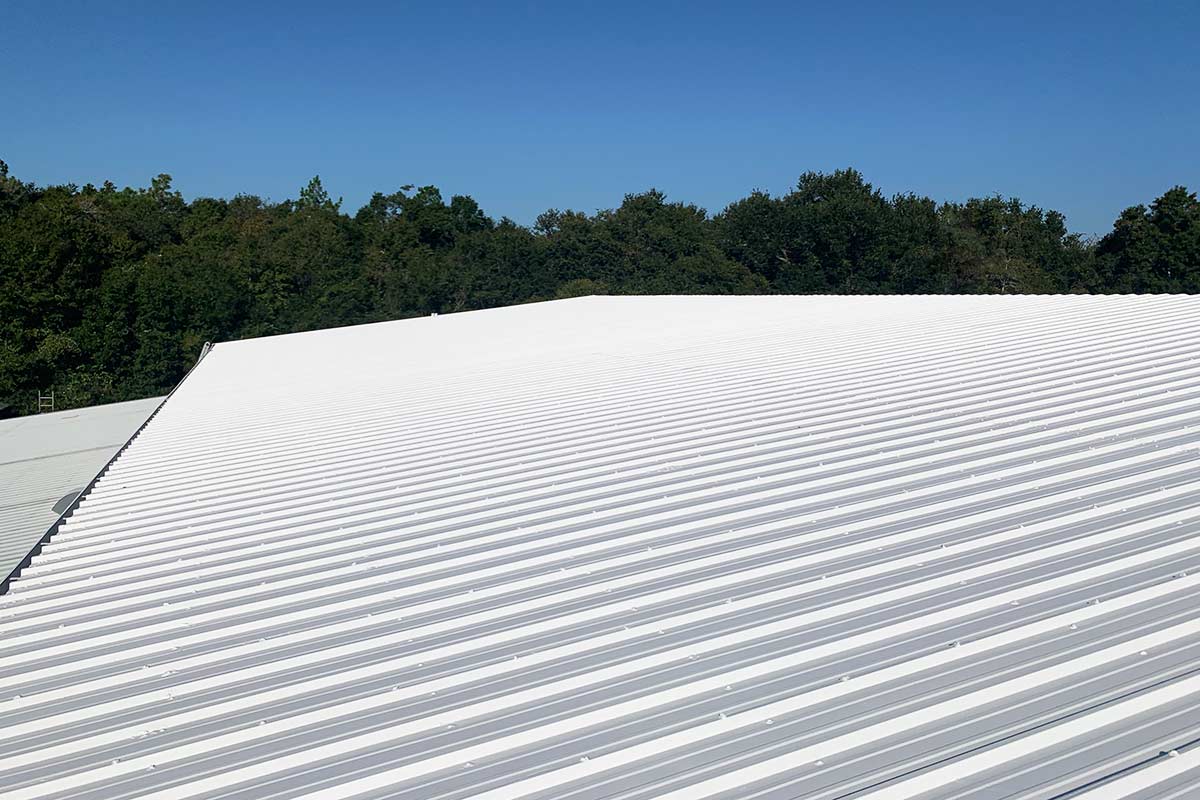
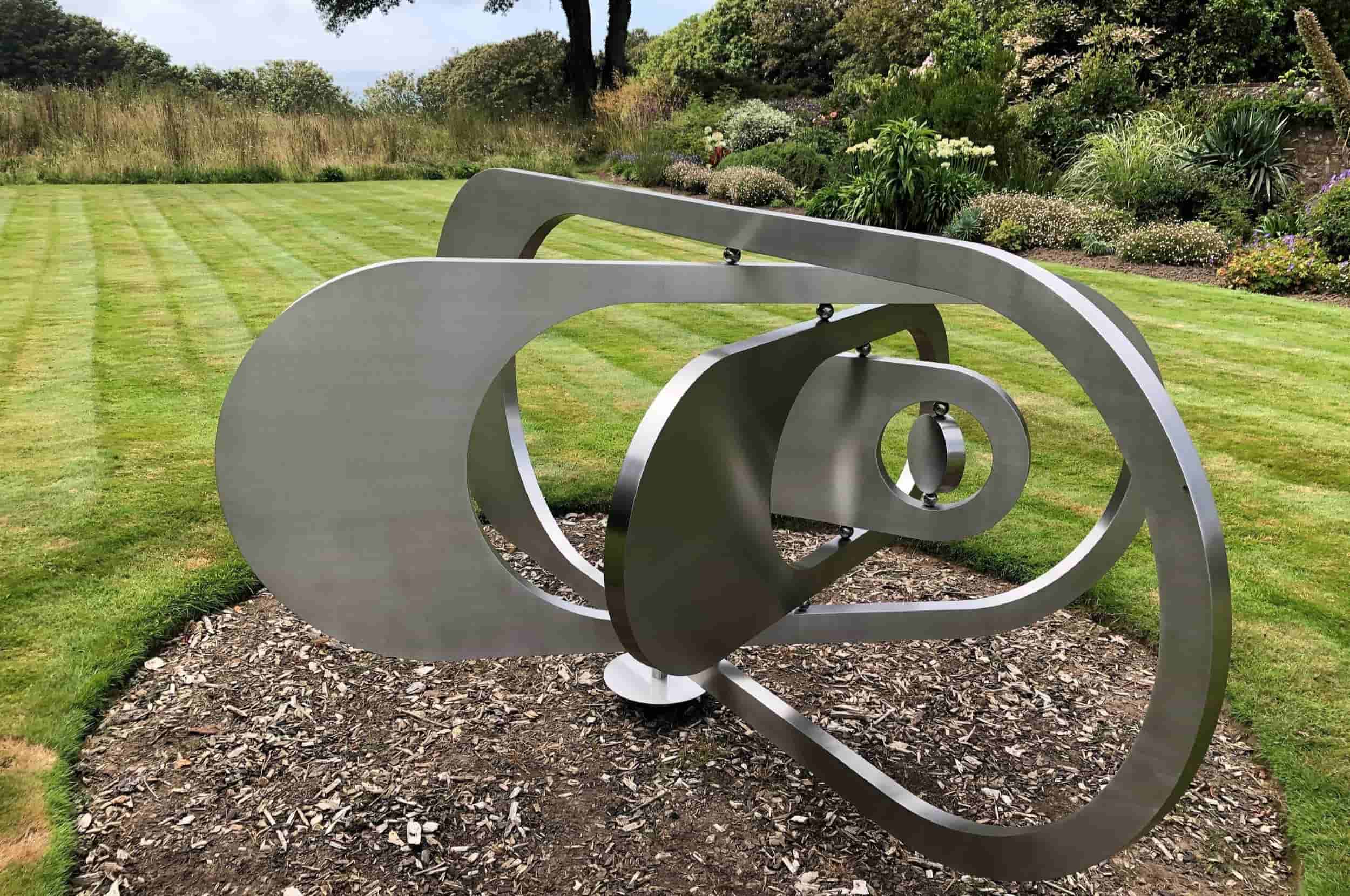
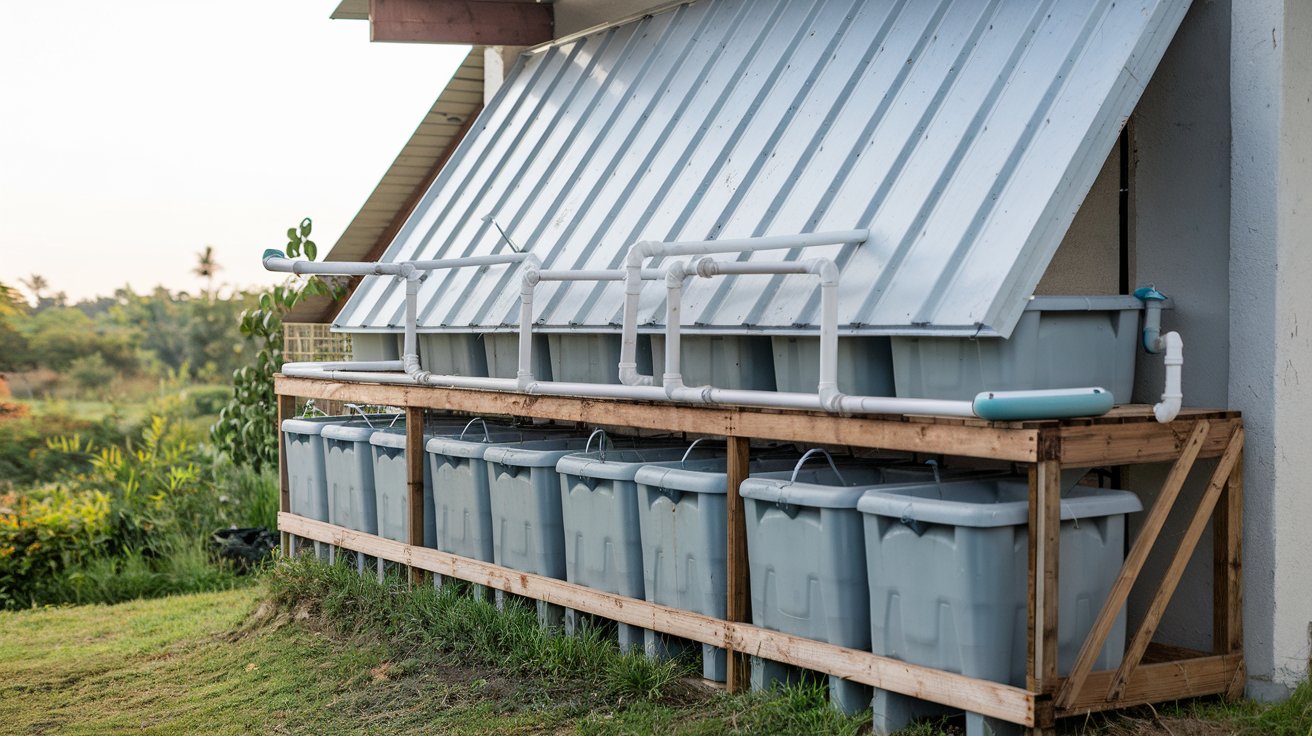



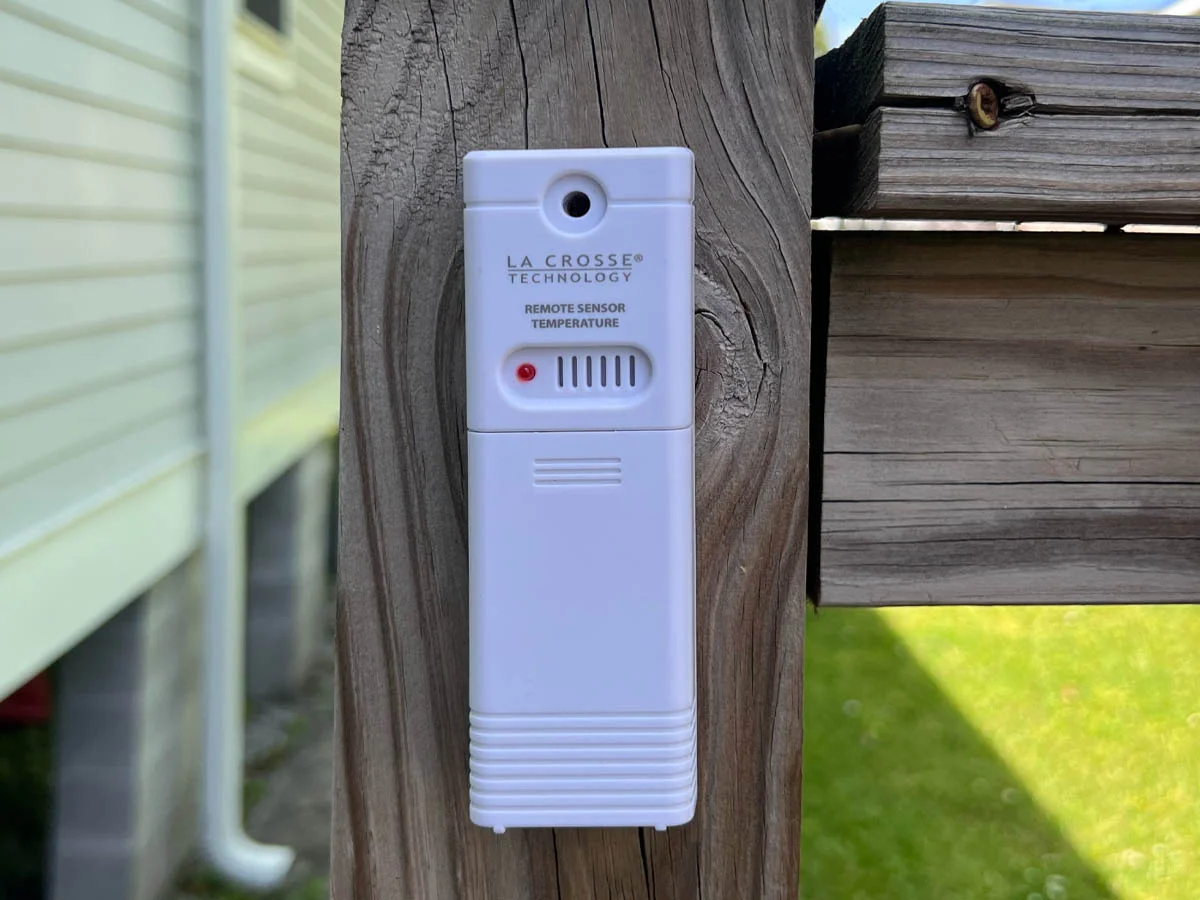

0 thoughts on “Which Interior And Exterior Door Materials Are Most Durable?”